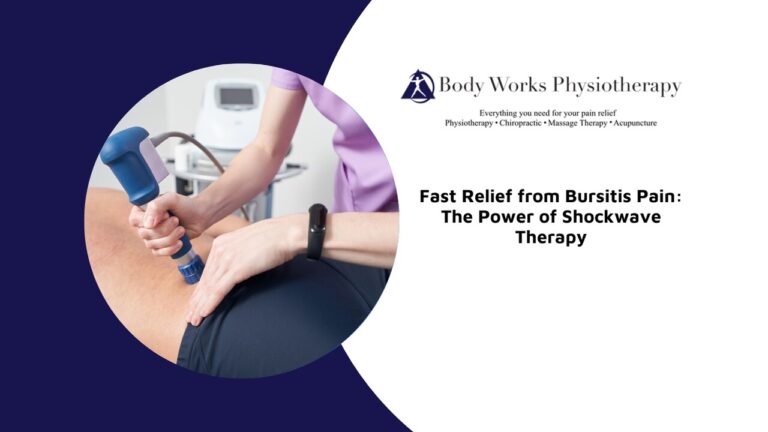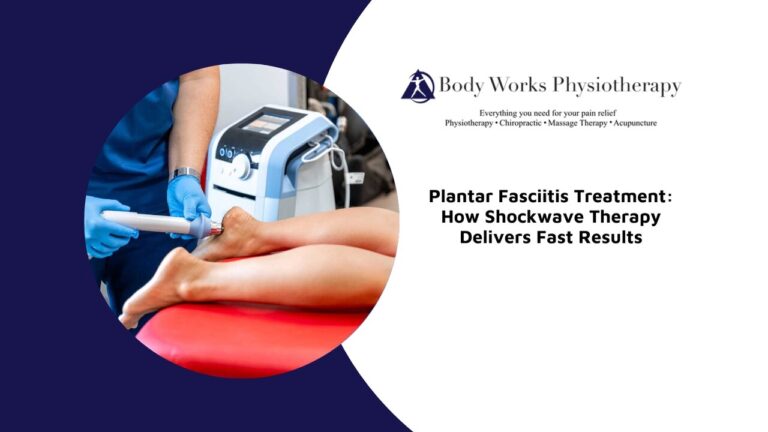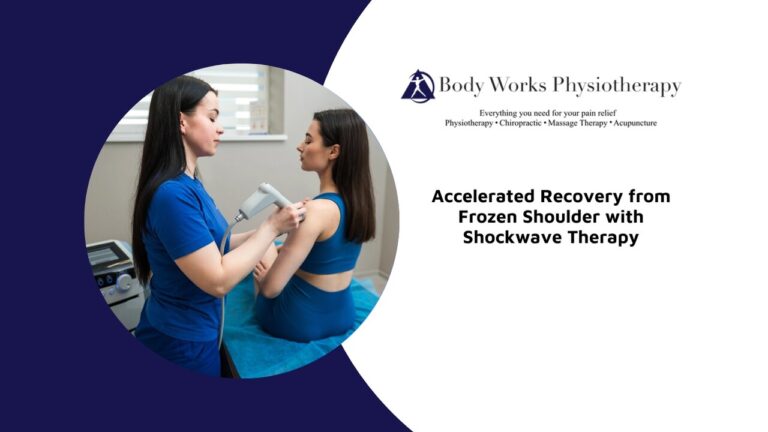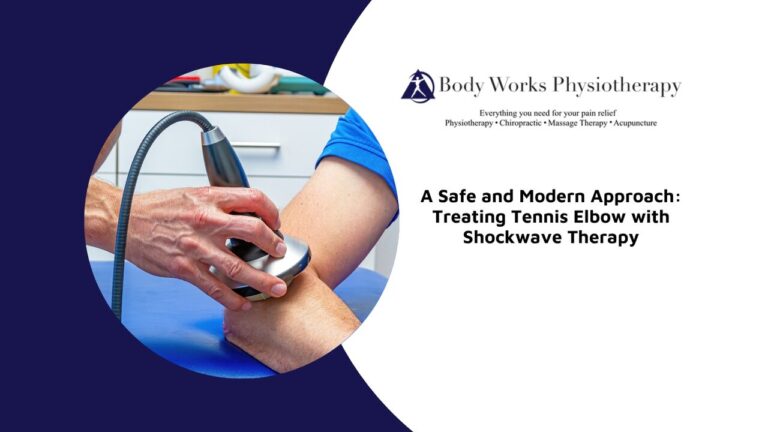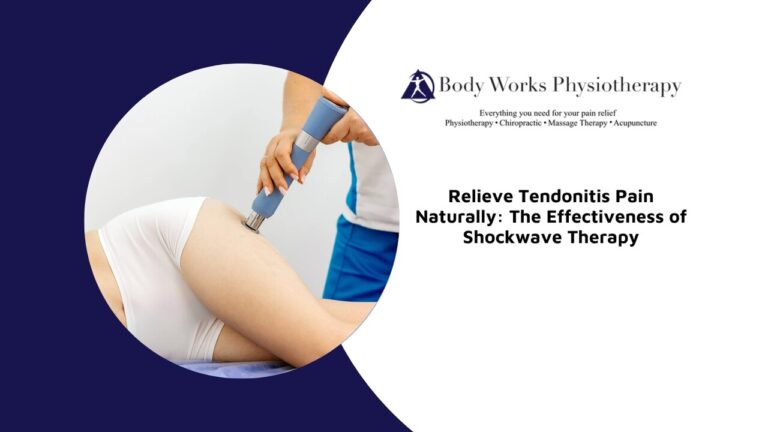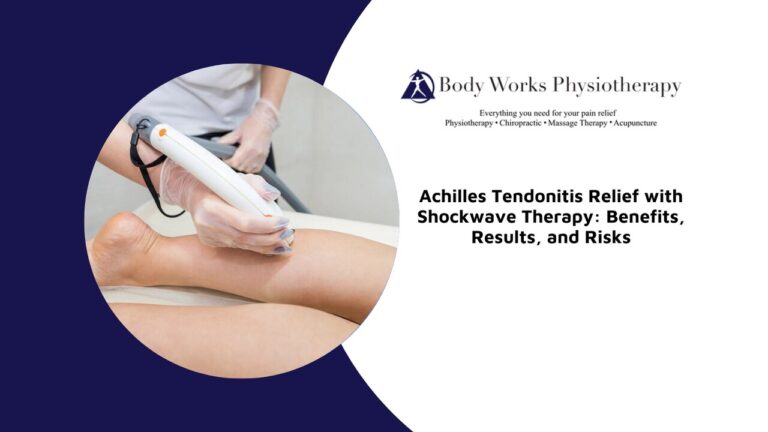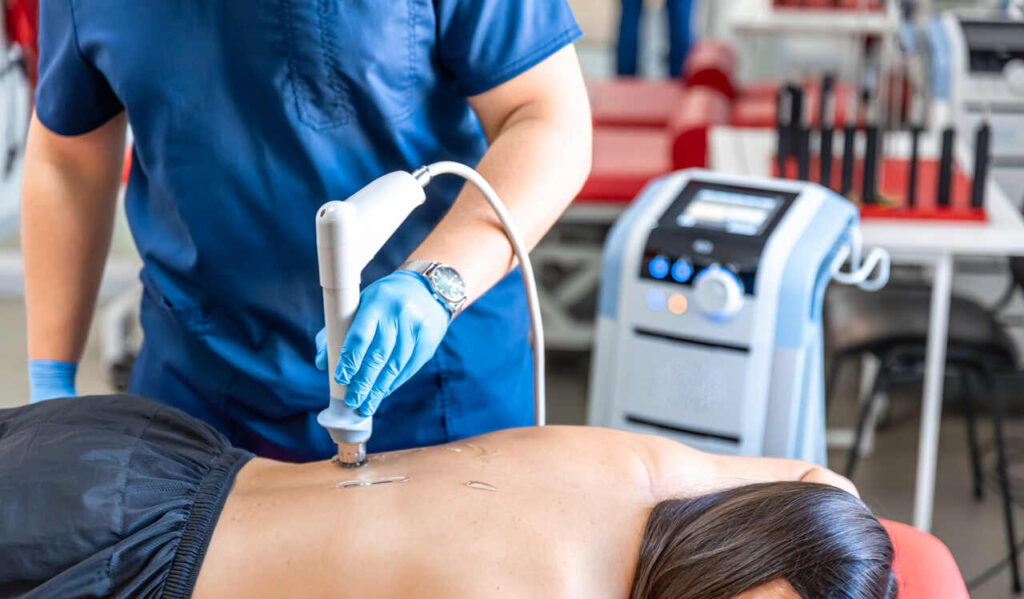
Have you ever wondered why foot pain from conditions like plantar fasciitis continues to be such a persistent problem? From agonizing first steps in the morning to burning and aching pain at nighttime, the answer is far from simple. In this post, we explore how shockwave therapy for foot pain can help you achieve lasting pain relief.
Understanding Shockwave Therapy as a Treatment for Foot Pain
Shockwave therapy is a non-invasive treatment that utilizes acoustic waves to stimulate healing in musculoskeletal tissues. For foot conditions like plantar fasciitis, shockwave therapy targets areas of inflammation and pain in the plantar fascia or heel. The acoustic waves create microtrauma, triggering the body’s natural healing response and promoting tissue regeneration. Additionally, shockwave therapy helps to improve blood flow, reduce inflammation, and break down scar tissue, leading to pain relief and improved mobility.
Common Foot Conditions Shockwave Therapy Can Treat
Shockwave therapy is effective for various foot conditions, including plantar fasciitis. These conditions often involve inflammation and microtears in the soft tissues of the foot, making them ideal candidates for shockwave therapy:
- Plantar Fasciitis: This condition involves inflammation of the plantar fascia, a thick band of tissue that runs across the bottom of your foot and connects your heel bone to your toes. It typically causes stabbing pain that usually occurs with your first steps in the morning.
- Achilles Tendonitis: This is an overuse injury of the Achilles tendon, the band of tissue that connects calf muscles at the back of the lower leg to your heel bone. It is characterized by pain and stiffness along the Achilles tendon, often worsening with activity.
- Heel Spurs: These are calcium deposits that build up on the underside of the heel bone, often developing after chronic plantar fasciitis. They can cause severe heel pain during activities like walking or jogging.
- Chronic Heel Pain: This broad category includes any persistent pain in the heel that affects movement and quality of life. It can be caused by a variety of factors including bursitis, arthritis, or repetitive stress injuries.
Pain During Shockwave Therapy Treatment: What to Expect
Shockwave therapy may cause mild discomfort during treatment, but it is generally well-tolerated by most patients. The level of discomfort can vary depending on individual pain thresholds and the sensitivity of the treated area. However, the discomfort is usually brief and subsides once the treatment session is complete. Here are some tips for minimizing pain during shockwave therapy treatment:
- Ice the Area: Applying an ice pack to the treated area immediately after the session can help reduce any immediate swelling and discomfort.
- Proper Rest: Although shockwave therapy is non-invasive, giving your body time to heal post-treatment is crucial. Avoid strenuous activities for the next 24 to 48 hours.
- Elevation: If your lower limbs were treated, keeping them elevated can reduce swelling and alleviate discomfort.
Holistic Foot Health: Adjunct Treatments for Shockwave Therapy
Shockwave therapy can be used in conjunction with other treatments for foot conditions to enhance the overall effectiveness of the treatment plan. It is often combined with physiotherapy, stretching exercises, and orthotic devices to provide comprehensive care for various conditions.
- Physiotherapy: This involves a range of treatments designed to improve movement and function of the body. Physiotherapy for foot conditions may include manual therapy and rehabilitative exercises to strengthen the foot and lower leg.
- Stretching Exercises: These involve specific movements designed to stretch the muscles and tendons in the foot and lower leg. Stretching can help improve flexibility, reduce tension, and prevent further injury. It’s particularly beneficial for conditions like plantar fasciitis and Achilles tendonitis.
- Orthotic Devices: These are custom-made or over-the-counter inserts that are placed inside shoes to support the foot’s natural structure. Orthotics can help distribute pressure more evenly across the foot, alleviate pain, and correct structural abnormalities, such as flat feet or high arches.
Healing Timeline for Foot Issues With Shockwave Therapy
The healing timeline for foot pain varies from person to person and depends largely on the underlying cause of pain. Many patients experience improvement in their symptoms after just one or two sessions of shockwave therapy. However, it may take several weeks or even months for the full effects of the treatment to be realized as the body’s healing response continues. Some individuals may require additional time and sessions to achieve maximum pain relief and functional improvement.
The Safety of Shockwave Therapy for Feet
While shockwave therapy is generally safe, there are certain conditions or situations where it may not be appropriate. Individuals with open wounds or infections in the treatment area, severe circulatory disorders, or a history of blood clotting problems should avoid shockwave therapy. Additionally, pregnant women should consult with their healthcare provider before undergoing shockwave therapy. It’s essential to discuss any medical conditions or concerns with your healthcare professional before starting shockwave therapy for foot issues.
Regain Comfort in Every Step
The time to take control of your health is now. Every day that you wait is another day that foot pain holds you back in life. At Body Works Physiotherapy, we’re here to help you turn things around and achieve the results you’ve been looking for. We utilize the latest foot pain treatments, including shockwave therapy, to help you deal with foot pain for good. Book your appointment today and let’s get started!

